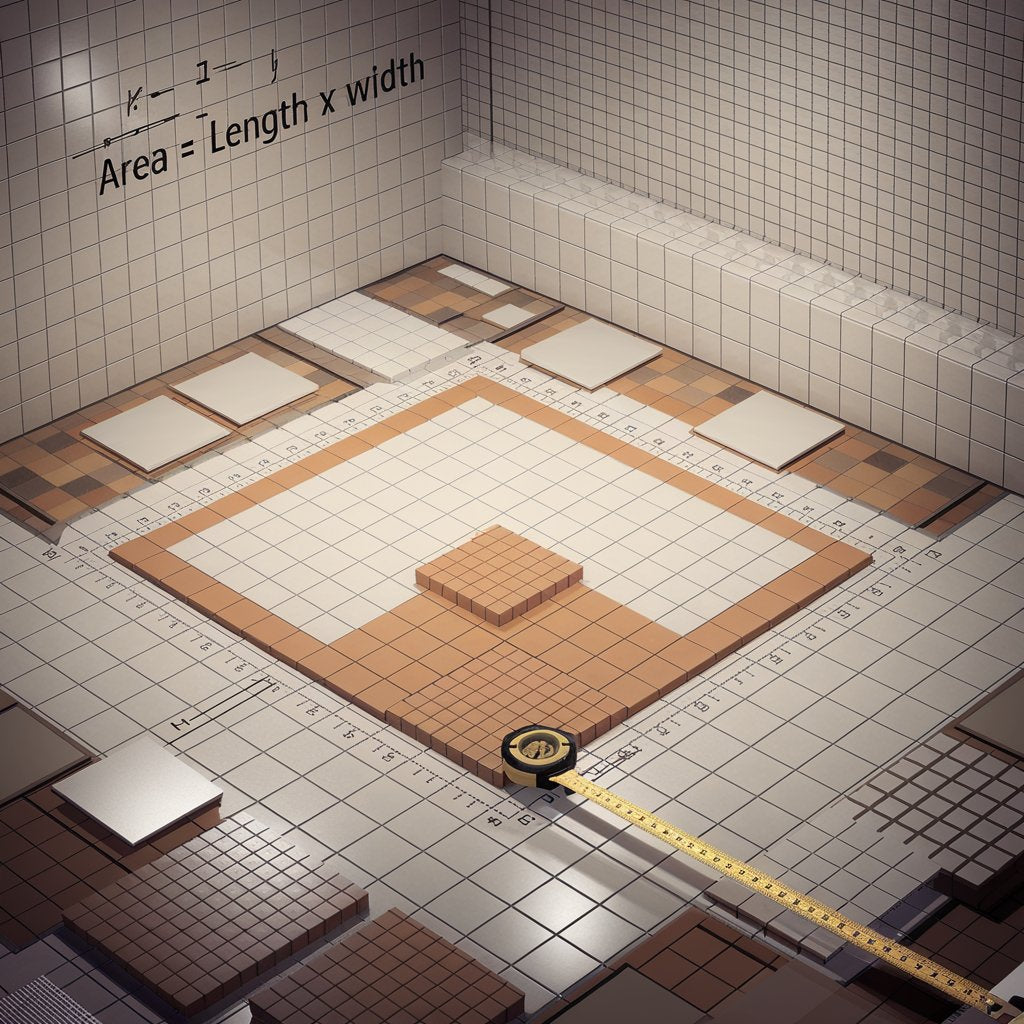MISHub QI
Calculation of the quantity of tiles
Calculation of the quantity of tiles
Calculating the amount of tiles needed for a floor or wall can be done simply by following the steps below. Let's consider a generic example and use metric units.
Step by Step Calculation
-
Determine the total area to be covered (A):
Multiply the length by the width of the area to be coated.
Total = Length (m) × Width (m)
2. Calculate the area of a tile (A ₜ ):
Multiply the length by the width of a tile.
The tile = Length (m) × Width (m)
3. Determine the required quantity without losses (Q):
Divide the total area by the area of one tile.
4. Include the loss margin:
Add a margin for waste (usually 5% to 10%, depending on the type of work and cuts required).
Practical Example:
-
Total area to be coated (A):
Length = 5 m, Width = 4 m.
Total = Length (m) × Width (m)
-
Area of a tile (A ₜ ):
Length = 0.6 m, Width = 0.3 m.
The tile = Length (m) × Width (m)
The tile = 0.6 × 0.3 = 0.18 m 2
- Lossless Quantity (Q):

- Including 10% losses:

Final Answer: Buy 123 tiles to ensure you have enough, considering losses.
ADDITIONAL TIPS
- Always round up: Even with the margin of loss, round up to the nearest whole number.
- Consider cutouts: For areas with a lot of cutouts, you may need to increase the waste margin to 15%.
This way, you will have an accurate estimate and avoid running out of material.
Author: Eng. Francisco Quisele Jr.
Date of publication : 11/21/24
Share



